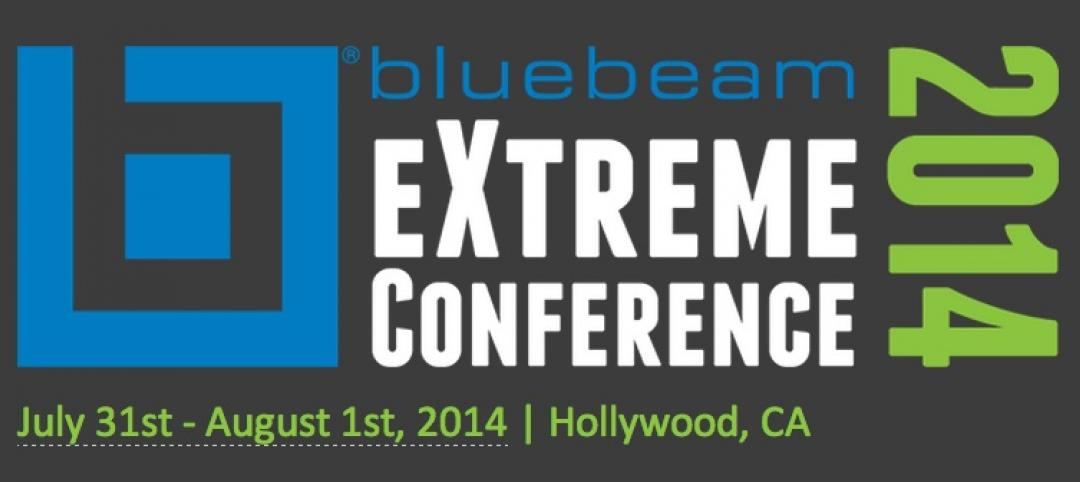Builders, developers, and owners are constantly complaining that high-performance buildings rarely get their due from appraisers who, they say, don’t have good measures to compare one building’s energy savings over another’s, or how those savings affect the value of the building.
The Appraisal Foundation, a nonprofit organization authorized by Congress to establish appraisal standards, is working methodically to alter this perceived image of cluelessness. Within the next few weeks, the Foundation is expected to issue the final draft of its guidance related to background and competency for appraisers valuing green buildings.
John Brenan, the Foundation’s director of appraisal issues, tells BD+C that states may elect to start adopting this guidance by early next year. And while the guidance would be voluntary, Brenan believes it may serve as a safe harbor for appraisers performing appraisals on green buildings.
The final guidance relating to the valuation of green buildings may offer methods and techniques to allow compliance with the Uniform Standards of Professional Appraisal Practice (USPAP).
That Board—which utilizes panels of experts, including those with green-building expertise—is one of three independent boards that comprise the Foundation, the other two being the Appraiser Qualifications Board and the Appraisal Standards Board.
The Foundation is also working on more specific guidance for appraisers to use when valuing the “greenness” of one- to four-unit residential buildings; and commercial, multifamily, and institutional properties.
Brenan says these guidances would contain methods and techniques that show appraisers what to look for and how to compare a building’s green features, materials, and construction management with other buildings in a market.
He expects an initial “exposure draft” of these guidances could be available for public comment in the first quarter of 2015. “Our hope is that all three advisories are adopted by late 2015, so the Foundation would have a tool kit for appraisers and regulators to use.”
At press time, Brenan was unable to elaborate on the proposed methodologies. And he is quick to note that appraisers don’t set values; “they just mirror what’s going on in a market.”
He did note, however, that the guidance being developed includes how to compare properties that have sold with like green features, and how to recognize market-to-market differences.
“One of the most interesting potential [guidances] would be to look at anticipated cost savings over an extended period of time,” he says.
Brenan points out that there is never going to be a “plug-in formula” for green valuation that fits all buildings. “It is still completely market-driven, and markets are stratified. Just because you have green features doesn’t mean the appraisal will be apples to apples. It’s kind of a sliding scale.”
That being said, Brenan readily acknowledges that there aren’t enough appraisers out there who are competent enough to assess how high performance should be factored into a home’s valuation. He’s speaking from experience. “I live in California, in a home that has a solar photovoltaic system, and the appraiser didn’t know what to do with it. So that became a little educational experience.”
Brenan says that anyone in the building, design, and construction sectors who wants to get involving in helping to develop these guidances can contact him directly at John@appraisalfoundation.org.
Related Stories
| Apr 10, 2014
Collegiate sports becoming greener: Survey
A survey conducted from May through June 2013 by the University of Arizona Office of Sustainability and published by the Natural Resources Defense Council (NRDC)* finds that more collegiate athletic teams are adopting green and sustainable practices in operation of their sports facilities.
| Apr 10, 2014
Submit Your Project for a Bluebeam eXtreme Award!
Bluebeam is holding the second annual Bluebeam eXtreme Awards at the 2014 Bluebeam eXtreme Conference in Hollywood, Calf.
| Apr 9, 2014
How patient-centered medical homes can help healthcare providers and patients
Beyond reducing the number of uninsured Americans, the Affordable Care Act is driving new types of healthcare facilities, especially patient-centered medical homes.
| Apr 9, 2014
Colossal aquarium in China sets five Guinness World Records
With its seven salt and fresh water aquariums, totaling 12.87 million gallons, the Chimelong Ocean Kingdom theme park is considered the world’s largest aquarium.
| Apr 9, 2014
Gregory Hodkinson appointed head of Arup Group
Hodkinson has spent his professional career at Arup and brings more than 40 years' experience in large-scale projects to the new role, including several in the US and Canada.
| Apr 9, 2014
5 important trends shaping today’s hotel construction market
AEC firms, developers, and investors worldwide are bullish on hotels. Our hospitality Giants share what’s new in this fast-morphing sector.
| Apr 9, 2014
Steel decks: 11 tips for their proper use | BD+C
Building Teams have been using steel decks with proven success for 75 years. Building Design+Construction consulted with technical experts from the Steel Deck Institute and the deck manufacturing industry for their advice on how best to use steel decking.
| Apr 8, 2014
Gehry, Foster unveil plans for Battersea Power Station redevelopment [slideshow]
Phase 3 of the massive redevelopment of the London landmark will include more than 1,300 residential units, a 160-room hotel, and 350,000 sf of retail space.
| Apr 8, 2014
Fire resistive curtain wall helps The Kensington meet property line requirements
The majority of fire rated glazing applications occur inside a building to allow occupants to exit the building safely or provide an area of refuge during a fire. But what happens when the threat of fire comes from the outside? This was the case for The Kensington, a mixed-use residential building in Boston.
| Apr 8, 2014
First look: Zaha Hadid reveals design for dreamy sculptural hotel
Hadid's design, which will become the fifth hotel tower in the City of Dreams entertainment hub in Macau, features a latticed exoskeleton enveloping the building's exterior.

















